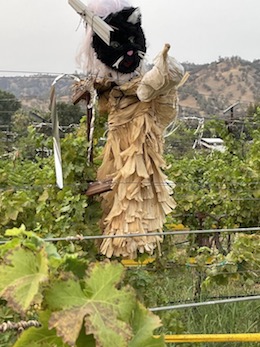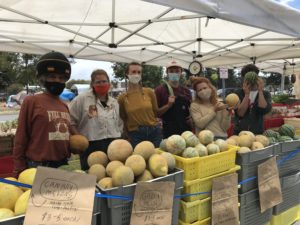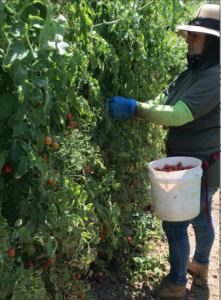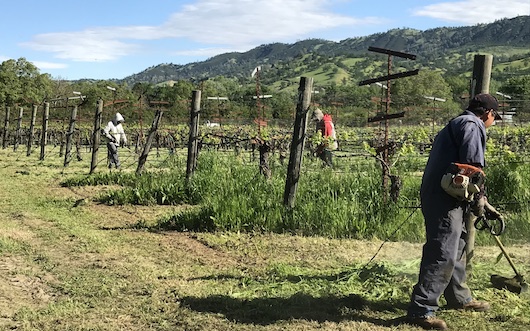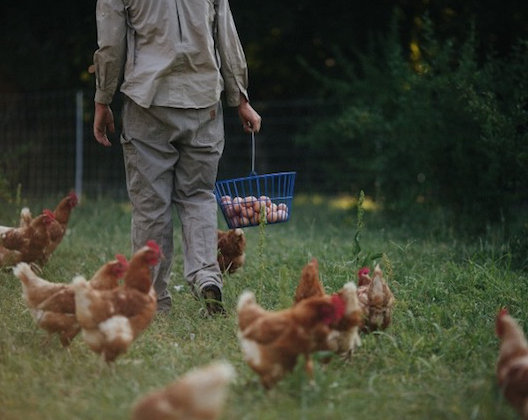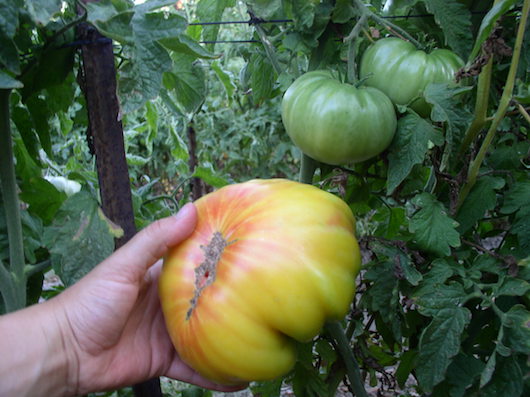
This week’s News from the Farm is from guest writer Dave Runsten, Senior Policy Analyst, Community Alliance with Family Farmers (CAFF). Dave and CAFF are long-time friends of Full Belly and advocates for farms like ours in Washington and Sacramento. We appreciate the great work that they do on our behalf and hope that you’ll support them (and us) by participating in their campaign. The images are some examples of the great artwork that recent farm guests with the Art & Ag Project from Yolo Arts shared with us. The top watercolor is from Johanna Pack and the bottom from is from Elly Gould.
The Drought and Small Farmers: #Don’t Let Small Farms Dry Up!
Like Full Belly Farm, there are many small farms in California that produce food for local communities. These are the thousands of farms at farmers’ markets, running CSAs and farm stands, and selling to restaurants. This group includes most beginning farmers, immigrant farmers, and farms run by people of color. Most of these farms are dependent on groundwater for food safety or because they are located outside irrigation districts. [Read more…]
